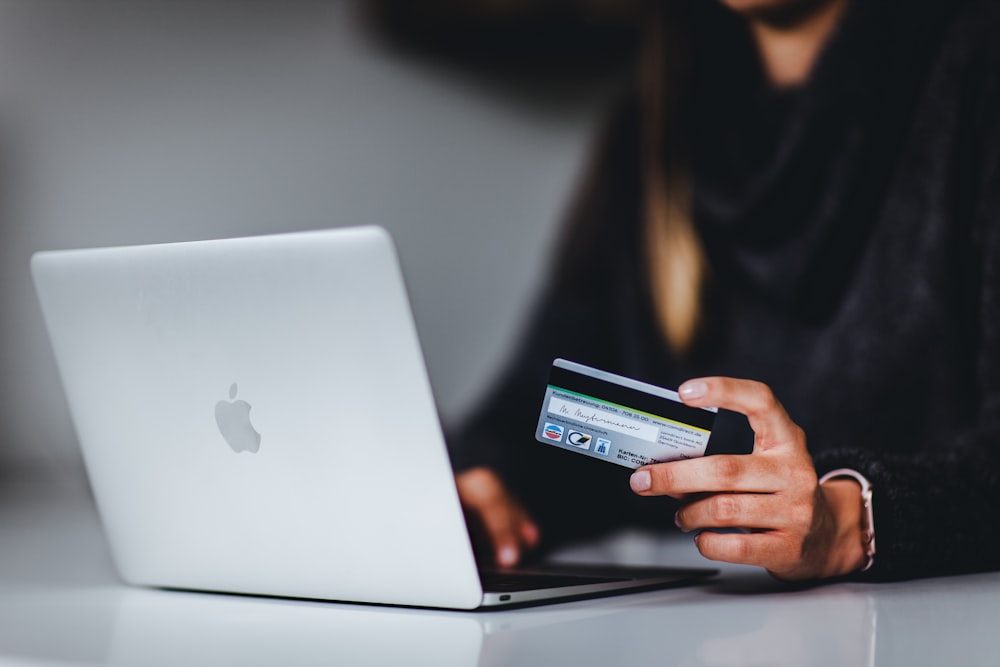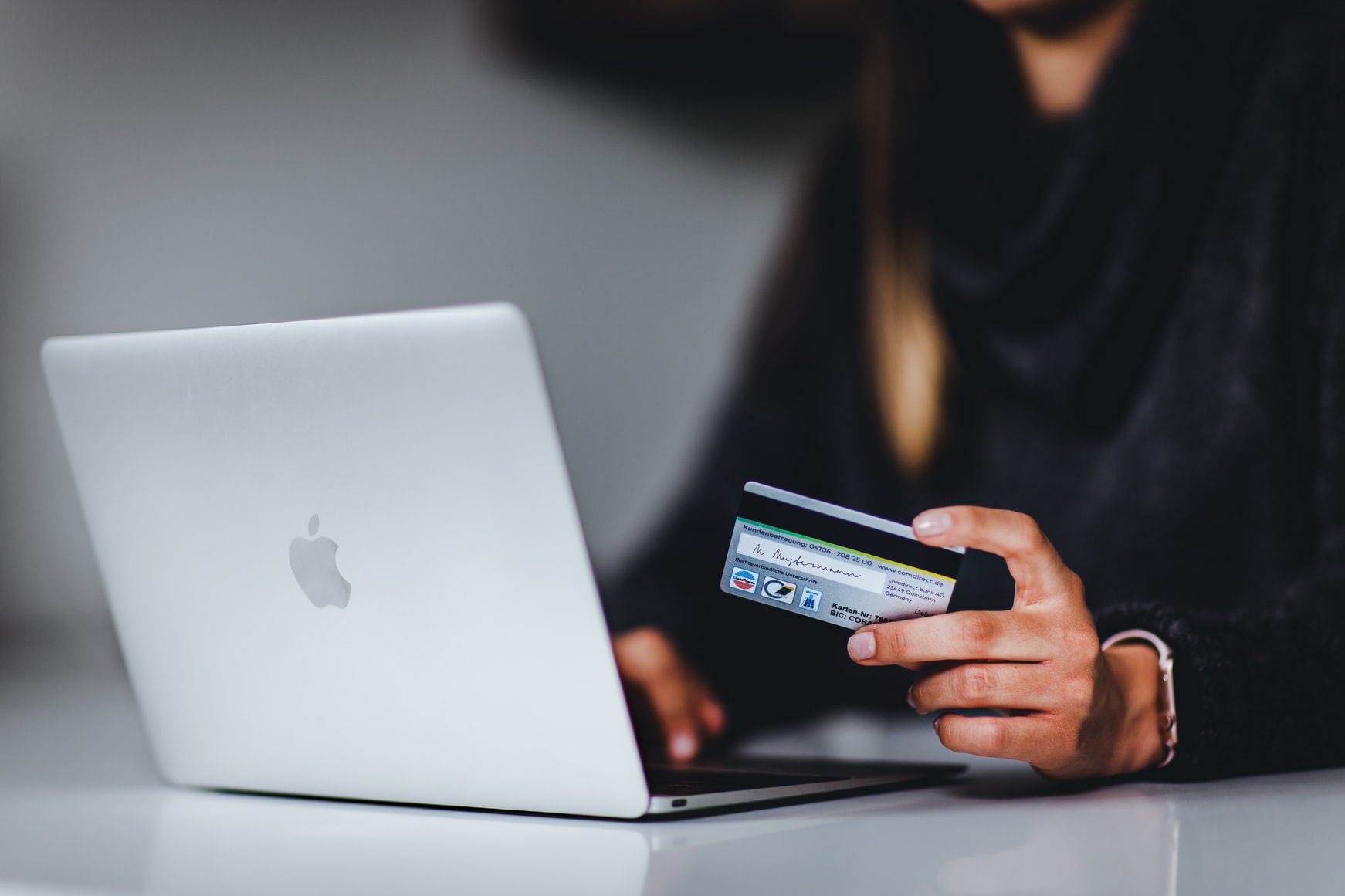
What is ‘Retail Therapy’?
Coined in the 1980’s, the now all-too-familiar phrase of ‘retail therapy’ became colloquial in the United States as more and more Americans turned to internet shopping to improve their mood and outlook on life during the COVID-19 pandemic. Who among us didn’t imbibe in the simple pleasure of buying extra comforts, even ones we didn’t need, during quarantine? Or, maybe even splurge on a luxury item or two?
When Retail Therapy Becomes Compulsive Shopping Disorder
No doubt, shopping can provide a mood boost and be a welcome distraction from our restlessness, worries, and anxiety, as well as provide a sense of control in uncertain times. However, while terms like ‘retail therapy’, ‘shopaholic’, and ‘shop til you drop’ are often used in jest and trivialized as a result, there is a difference between getting a ‘pick me up’ from an occasional impulsive shopping spree, and compulsive spending. Sometimes the line between impulsivity and compulsivity becomes blurred. While reports vary, a whopping 5-9% of Americans may be affected by oniomania, more commonly referred to as compulsive buying disorder or compulsive shopping disorder.
What Causes Compulsive Buying or Compulsive Shopping Disorder?
Akin to alcohol and drug use, the act of shopping can cause our brains to release endorphins and dopamine, feel-good chemicals, that bring on a temporary boost in mood and feelings of pleasure in anticipation of a reward. Unfortunately, the positive feelings associated with shopping often dissipate quickly once we have the product in hand, or perhaps even worse, we are left with feelings of guilt and remorse over making the purchase in the first place. Unfortunately, certain susceptible individuals may experience a powerful pull to repeat the pleasure-seeking behavior over and over again.
How Can You Tell Between Benign Impulse Buys and a Compulsive Shopping Problem?
The answer to this question lies in looking at the motivation behind the behavior. While a person might splurge occasionally in response to external cues in the moment, such as from seeing an aesthetically pleasing retail display, compulsive buying is more inwardly motivated and oftentimes involves planned shopping experiences as a way to avoid or relieve uncomfortable internal feelings such as anxiety or depression. As time goes on, the compulsive buyer is unable to control spending despite experiencing negative consequences in other areas of life, such as financial hardship or relationship problems such as mounting credit card bills or arguing with family members about expenditures.
What are the signs of compulsive shopping disorder?
While sometimes unclear, signs may begin to show to warn that shopping has become compulsive. Answering yes to one or more of the following questions may indicate a problem with compulsive shopping. Do you or a loved one:
- Feel euphoric or excited after purchasing?
- Shop as a coping mechanism for stress or other negative feelings?
- Obsess about shopping on a daily or weekly basis?
- Buy unneeded items or items that go unused?
- Feel regret or remorse over purchases but continue to shop?
- Hide your spending, or lie or steal to continue shopping?
- Max out credit cards or open new ones without paying off previous balances?
- Fail at managing money or adhering to a budget?
- Fail in attempts to control compulsive shopping?
As with other addictions, a compulsive buyer may experience withdrawal symptoms, such as becoming irritable or anxious, when trying to quit or cutdown on shopping.
How to Treat Compulsive Shopping Disorder
There are strategies, treatments, and resources for individuals who have compulsive shopping disorders.
- While spending can be difficult to manage since purchasing is an often a necessary and normal part of life, strategies like limiting a compulsive buyer’s cash flow or putting another person in charge of finances may prove beneficial.
- Additionally, treatments exist like behavioral therapy and individual counseling to help with impulse control and identification of triggers.
- In many cases, co-occurring emotional or mental health issues may be involved, and consulting a mental health professional may be indicated.
- On-line groups like Shopaholics Anonymous or Debtors Anonymous may provide much-needed education, support, and a sense of community.
As we enter the upcoming holiday season, constantly bombarded by seductive advertising and enticing bargains, the urge to purchase more, both in quantity and frequency, becomes stronger and harder to resist. We at the O’Connor Professional Group are here to help you or your loved one through these difficult times. If you or a loved one is struggling with a mental health disorder or addiction like compulsive shopping, contact us today for a consultation.

